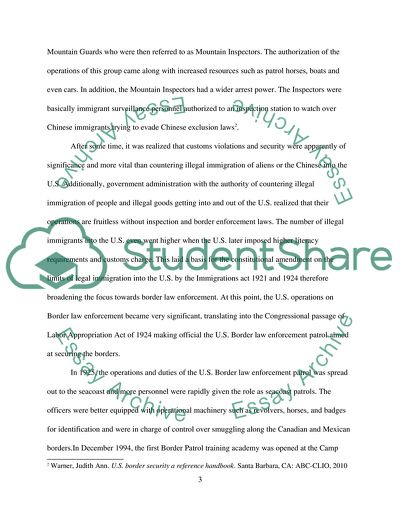Cite this document
(“The History and Evolution of Border Security Research Paper”, n.d.)
The History and Evolution of Border Security Research Paper. Retrieved from https://studentshare.org/politics/1799491-the-history-and-evolution-of-border-security
The History and Evolution of Border Security Research Paper. Retrieved from https://studentshare.org/politics/1799491-the-history-and-evolution-of-border-security
(The History and Evolution of Border Security Research Paper)
The History and Evolution of Border Security Research Paper. https://studentshare.org/politics/1799491-the-history-and-evolution-of-border-security.
The History and Evolution of Border Security Research Paper. https://studentshare.org/politics/1799491-the-history-and-evolution-of-border-security.
“The History and Evolution of Border Security Research Paper”, n.d. https://studentshare.org/politics/1799491-the-history-and-evolution-of-border-security.


